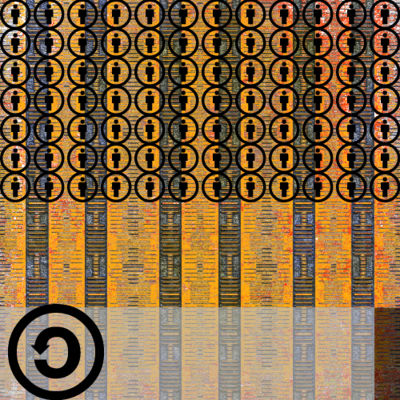OER Life Cycle
| OER Handbook for educators | |
|---|---|
| Introduction | Defining OER | Why OER? | The Copyright Paradox | Considerations | Models and Approaches | OER Life Cycle |
The OER life cycle begins with a desire or need to learn or teach something. The following sequence of steps illustrates a typical development process.
- Find: start by looking for suitable resources which contribute to meeting the need or satisfying the desire. This may include using general search engines, searching specific repositories and finding individual websites. Some potential components may be available offline, including last year's lecture notes, class projects, handouts for learners and other resources prepared previously.
- Compose: with a collection of resources at your disposal, start piecing them together to form a learning resource for yourself, your fellow educators and/or learners. This is a creative design process of building an educational resource from scratch and/or using components you have found.
- Adapt: while composing OER, it will nearly always be necessary to adapt components to your local context. This may involve minor corrections and improvements, remixing components, localization and even complete rework for use in diverse contexts.
- Use: the actual use of OER in the classroom, online, during informal learning activities, etc.
- Share: once an OER is finished, make it available for the open education community to re-use and begin the life cycle again.
Licensing also plays a role throughout the life cycle.
As with all instructional or learning design, each step requires attention to the purpose of the learning resource, its role in the learning process, quality, and accessibility. You should also carefully consider issues of file format, mode of access, and licensing of the components. Each step could involve some degree of collaboration. Where applicable, open source tools are available to support all of these activities.
This life cycle applies to the development of an individual OER as well as large OER projects. Each of these stages have their own unique considerations. Although the life cycle follows a logical progression, it is not necessarily followed sequentially in practice. Some parts, such as adaptation, can be done simultaneously with other parts or out of order.
This handbook is organized around the OER life cycle. Each section will guide you through the individual stages of working with OER. The sections will make the most sense when read in order, although this is not required. Feel free to refer to any other part of the handbook at any time.
